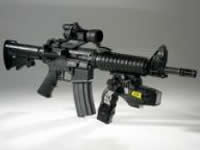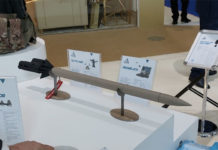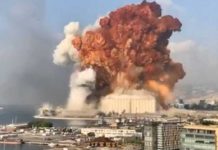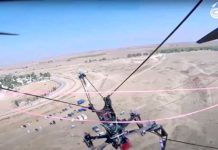Start < Page 1 of 6 >
Military and security forces have been using less than lethal weapons for many years. Yet, except for specific chemical agents, most of these measures were based on “brute force”, and required physical close encounters with the target which can rapidly escalate to lethal means. Involvement of military forces in peacekeeping, law enforcement, humanitarian assistance, and homeland security missions supports the demand for non lethal or less than lethal capabilities that offer maximum flexibility in the use of force. Non lethal systems provide commanders with weapons explicitly designed and primarily employed to incapacitate personnel or materiel while minimizing fatalities, permanent injury to personnel, and collateral damage to property and the environment.
When properly used, non lethal weapons should result in no injuries, fatalities or after effects. When used in military applications, non-lethal weapons are useful in crowd control and riot situations, where hostile forces take cover in crowds, in operations in urban terrain, or anti-terrorist actions where minimize collateral damage, or in counter-terror activities, in hostages situations.
Non lethal technologies generally fall into four categories: chemicals, electrical devices, blunt impact munitions and directed energy. This article focuses on the military applications of anti-personnel non lethal weapons. Among such weapons are advanced incapacitating agents, electrical shock devices, laser, acoustic and high power microwave directed energy weapons.
Additional parts of this article:
- Less Than Lethal & Directed Energy Weapons
- Non Lethal Blunt Impact Weapons
- Non-lethal Chemical Agents
- Non Lethal Electrical Shock Weapons (Bio-Effect Weapons)
- Non Lethal Directed Energy Weapons
- Non Lethal Weapons Programs in the US

















